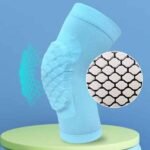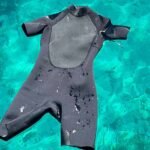In industries where reliability meets harsh environments, neoprene cables stand out as a durable and flexible solution. Whether you’re running equipment in marine, outdoor, industrial, or high-performance settings, the protective layer around the cable makes all the difference. That’s where neoprene comes in.
Neoprene cable is a type of insulated or jacketed electrical cable that uses neoprene rubber for outer protection, offering superior resistance to oil, water, abrasion, and extreme temperatures.
Neoprene cables aren’t just built to survive — they’re built to adapt. In this guide, we’ll break down what neoprene cable is, how it compares to other jacket materials, what applications demand it most, and how you can customize neoprene cable sleeves to meet your specific needs. From factory floors to tactical gear, neoprene cables quietly keep systems running. Let’s uncover why they matter.
What Is a Neoprene Cable and Why Is It Used?
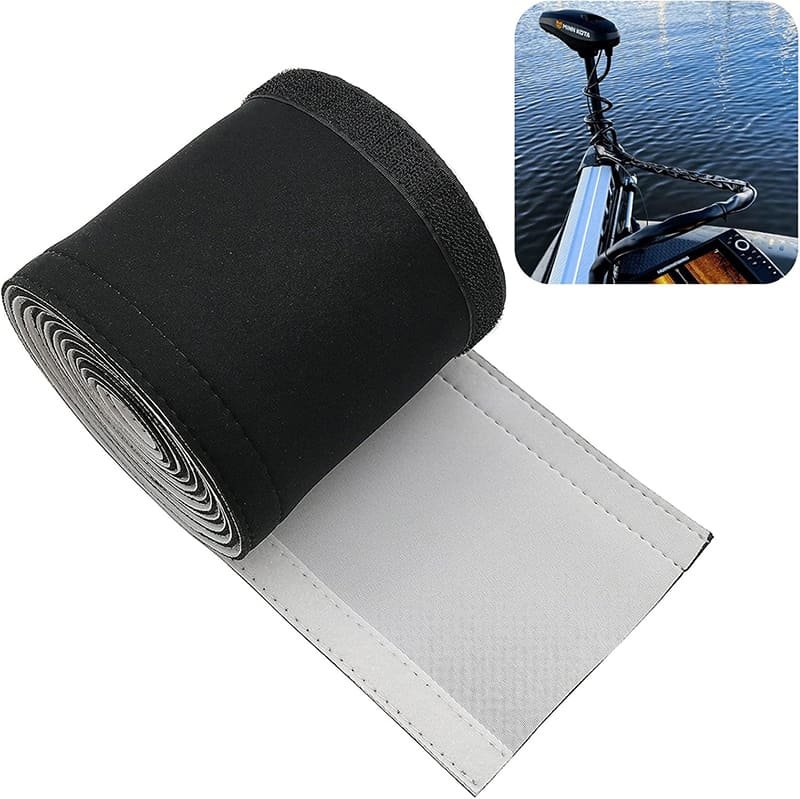
A neoprene cable is an electrical cable with a protective outer layer made of neoprene, valued for its durability, flexibility, and resistance to harsh environments.
-
What Is Neoprene Cable Used For?
Neoprene cables are commonly used in marine, outdoor, industrial, and mobile equipment settings. They’re designed to withstand oil, UV rays, temperature extremes, and abrasion. -
Why Neoprene?
Neoprene is a synthetic rubber known for its resilience and flexibility. It protects internal conductors while allowing movement, coiling, or vibration. -
Industry Applications:
From offshore rigs to conveyor belts, neoprene cables are trusted in environments where standard PVC would fail. -
Temperature Range:
Most neoprene cables function between -40°C and +90°C. -
Oil & Chemical Resistance:
Ideal for use near lubricants, hydraulic fluid, and cleaning agents.
How Does Neoprene Perform Compared to Other Cable Jacket Materials?

Neoprene outperforms many standard cable jacket materials in terms of flexibility, temperature tolerance, and rugged durability.
-
Neoprene vs. PVC:
PVC is cheaper but more rigid and less resistant to cold. Neoprene stays flexible and resists cracking. -
Neoprene vs. Rubber:
Rubber jackets may offer good protection but can degrade faster than neoprene in chemical environments. -
Neoprene vs. TPE:
Thermoplastic elastomers (TPE) are versatile but don’t handle abrasion as well as neoprene. -
What Is the Best Cable Sleeve Material?
For demanding environments, neoprene is often considered the best due to its combination of flexibility, strength, and resistance.
| Material | Flexibility | Temperature Resistance | Abrasion Resistance | Common Use Case |
|---|---|---|---|---|
| Neoprene | Excellent | -40°C to +90°C | High | Outdoor & marine |
| PVC | Fair | -10°C to +60°C | Low | Indoor electronics |
| TPE | Good | -30°C to +80°C | Moderate | General purpose |
| Rubber | Good | -20°C to +70°C | High | Industrial |
Which Applications Require Neoprene Cables?
Neoprene cables are ideal for use in harsh, wet, or mobile environments where flexibility and resistance are essential.
-
Marine and Offshore:
Saltwater, oil, and constant motion demand a flexible and resistant jacket. -
Construction Equipment:
Heavy-duty machines generate vibration and require oil-resistant cable protection. -
Mobile Lighting and Audio Systems:
Portable setups need flexible and durable cable jackets. -
Outdoor Power Tools:
Protection against UV rays, impact, and moisture is critical. -
Industrial Automation:
Cables routed through machinery require movement-ready sleeves like neoprene.
What Types of Neoprene Cables Are Available?
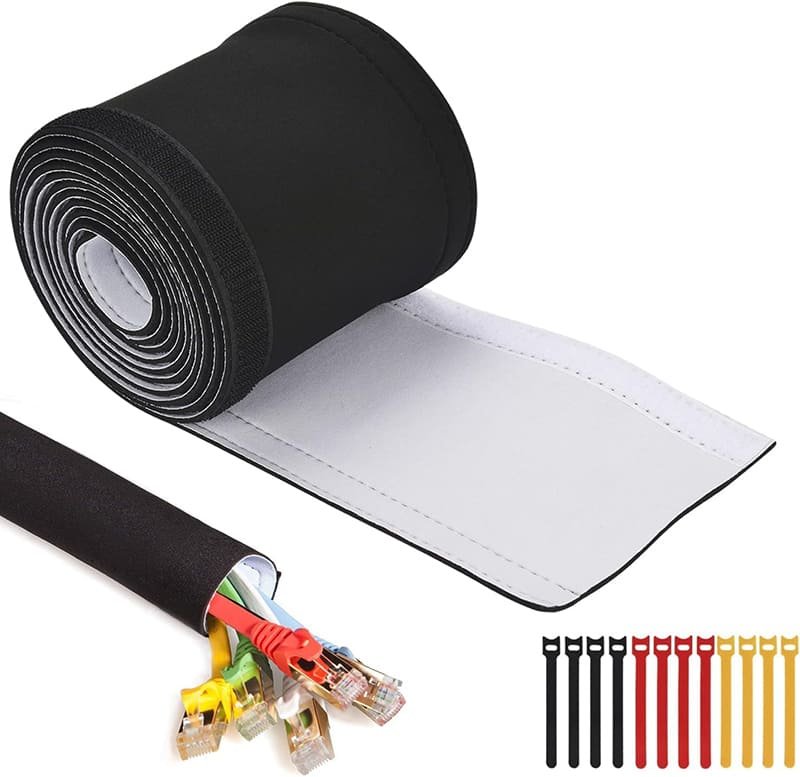
Neoprene cables come in various configurations, including multi-core, single-core, and shielded types, often customized for voltage and environmental needs.
-
Single-Core vs. Multi-Core:
Multi-core neoprene cables reduce clutter in systems that require multiple connections. -
Shielded Variants:
EMI-shielded neoprene cables are ideal for high-interference environments. -
Special Features:
Some neoprene cables include flame-retardant jackets or reinforced braid layers. -
Color-Coding and Striping:
Simplifies identification and installation. -
Industrial Standards:
H07RN-F is a common neoprene cable standard in Europe for heavy-duty flexible rubber-insulated cables.
Do Neoprene Cables Meet International Safety and Quality Standards?
Yes, quality neoprene cables meet multiple global standards including UL, CE, RoHS, and ISO certifications.
-
UL Certified:
Approved for use in North American markets. -
CE Marking:
Indicates compliance with EU safety, health, and environmental requirements. -
RoHS & REACH Compliant:
Neoprene cables can be formulated without restricted substances. -
ISO 9001 Manufacturing:
Ensures consistent production quality and traceability. -
Customization Note:
Custom cables can also be tested and certified to meet unique client standards.
How Should You Choose the Right Neoprene Cable for Your Project?
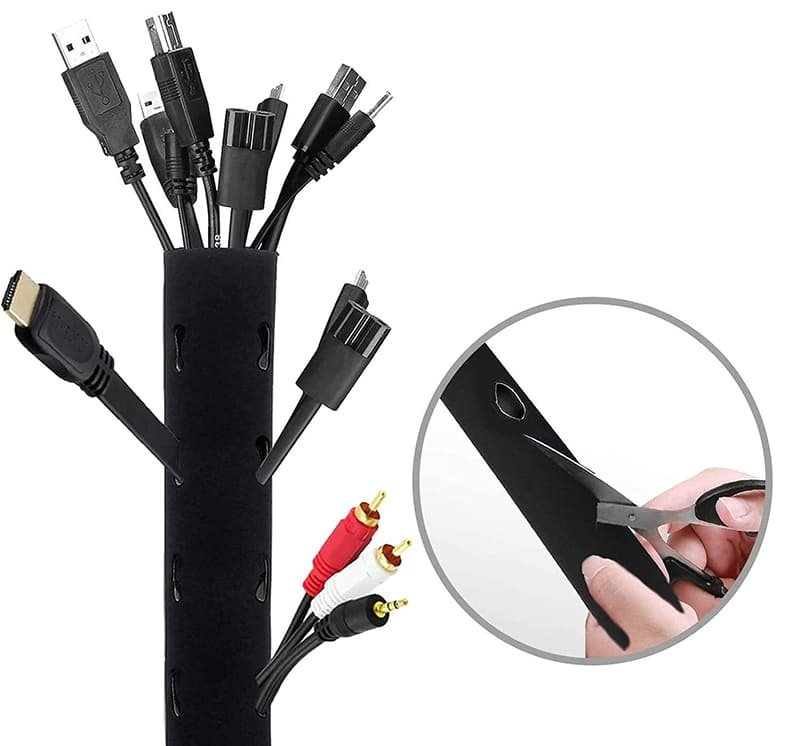
Choosing the right neoprene cable depends on voltage, temperature rating, environmental exposure, and cable size.
-
Voltage Rating:
Common options range from 300V to 600/1000V. -
Wire Gauge:
AWG or mm² sizes should be matched to current load requirements. -
Length and Flexibility:
Long cable runs may need reinforced layers; short runs may benefit from added flexibility. -
Environment:
Indoor vs. outdoor use, exposure to oil or chemicals, or presence of moving parts. -
Certifications:
Choose cables tested to meet regional or international compliance requirements. -
Supplier Evaluation Checklist:
| Criteria | Details |
|---|---|
| MOQ | Low minimum order quantities support small-scale or trial use |
| Sampling Time | Ideal range: 7–10 days |
| Design Support | Free CAD or tech drawings included |
| Material Control | In-house neoprene compounding = quality assurance |
Is It Possible to Customize Neoprene Cable Sheaths or Bundles?
Yes, neoprene cable sleeves can be fully customized in terms of color, branding, material thickness, and cable grouping.
-
What Are Cable Sleeves Used For?
Cable sleeves protect wires from abrasion, heat, chemicals, and tangling, improving lifespan and organization. -
What Material Is Used for Cable Sleeves?
Common materials include neoprene, PET, braided nylon, PVC, and fiberglass. Neoprene is valued for its balance of stretch, insulation, and abrasion resistance. -
Brand Customization:
Logos, colors, and labels can be added directly to the neoprene jacket. -
Bundling Solutions:
Multiple conductors or cables can be grouped under a common neoprene sleeve for organized routing. -
OEM Options:
Private label options for tool brands, military-grade systems, or industrial equipment suppliers.
Are Neoprene Cables Cost-Effective for Long-Term Use?
While the initial cost is higher than PVC, neoprene cables offer better durability and fewer replacements, resulting in long-term savings.
-
Initial Cost vs. Lifetime Value:
Longer lifespan in harsh environments offsets upfront investment. -
Downtime Prevention:
Reduced cable failure means fewer repairs and improved productivity. -
Brand Reputation:
High-performance cables enhance customer trust for OEMs and system integrators. -
Bulk Pricing:
Manufacturers like Szoneier offer volume discounts for large-scale projects.
| Factor | PVC Cable | Neoprene Cable |
|---|---|---|
| Average Lifespan | 1-2 years | 5-10 years |
| Replacement Rate | High | Low |
| Flexibility | Low | High |
| Initial Price | Low | Moderate |
| Overall ROI | Medium | High |
Ready to Customize Neoprene Cables or Sleeves with Szoneier?
Szoneier is a professional neoprene product manufacturer with years of experience in webbing and cable sleeve customization. Whether you’re sourcing cables for industrial automation, tactical gear, marine equipment, or OEM bundles, we can help you develop the perfect neoprene solution.
We offer:
- Free design consultation
- Fast sampling (within 7–10 days)
- Low MOQ customization
- Guaranteed material quality and compliance
Contact Szoneier today to start your custom neoprene cable project. Let’s build performance-driven solutions—together.



